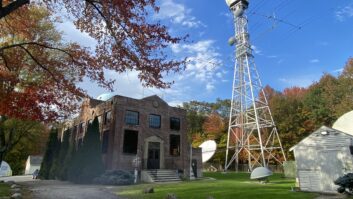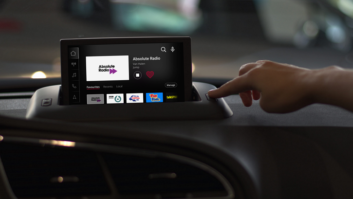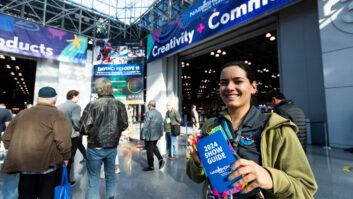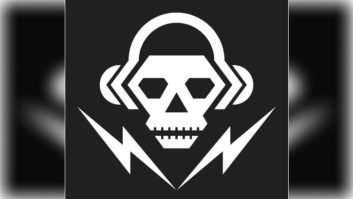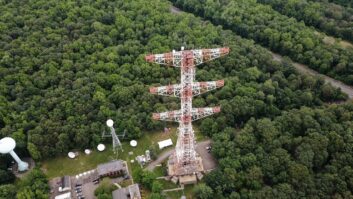Radio veterans Michael LeClair and Aaron Read have formed an engineering consulting business — L&R Broadcast Services LLC. Together, the duo brings decades of broadcast experience to the table. LeClair is the former chief engineer of WBUR(FM) in Boston and was the founding technical editor of Radio World’s Engineering Extra. Aaron Read is currently the chief engineer of The Public’s Radio 89.3FM, formerly Rhode Island Public Radio.
To learn more about their new pursuit, Radio World Editor in Chief Paul McLane asked LeClair and Read a few questions via email.
Paul McLane: Congratulations on the launch of a consulting business! What is it called and what types of work will you focus on?
Michael LeClair: After retiring from WBUR at Boston University last year I was looking for a different working environment where I had more control of my work environment and hours.
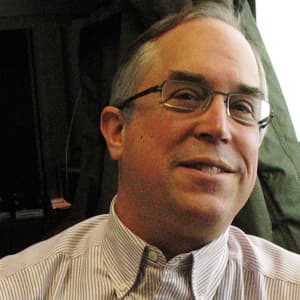
Aaron Read and I have known each other for many years and I thought he was also looking to take on some outside work. The idea of our partnering together was a mutually beneficial project. Between us we have over 50 years of experience on just about every aspect of what would be known as Broadcast Engineering, from small educational stations all the way up to marketing leading stations in major markets.
We’ve filed in the state of Massachusetts as an LLC, or Limited Liability Company, to be operated as a partnership. The name is L&R Broadcast Services LLC.
We plan to offer a wide range of services, including regular maintenance and repair contracts with retainer, technical integration for studio and transmitter sites, consulting on studio designs, either for upgrade or new buildout and just about anything needed on the technical side of broadcasting.
McLane: You both have a lot of experience in public radio; do you expect that will be your main area of work?
LeClair: Good question. I expect that our range of contacts will initially steer us toward non-commercial and educational clients. This is a market segment that doesn’t always get as much attention as the commercial radio stations when it comes to contract engineering. That said, we are not averse to working for commercial customers and I expect this will be a part of our future.
McLane: Briefly summarize your respective careers and tell us whether you’re still doing other work in addition to this.
LeClair: I began working in radio engineering when I was 18 and discovered the school radio station as an undergraduate of Trinity College in Hartford. After graduation I pursued working as an independent contract engineer for several years, and then relocated to Boston, Mass., to start working for Boston University as a full-time engineer at their station WBUR(FM). At that moment in time it was a very run-down operation that was still using equipment from the 1950’s and early 1960’s but, in a key move, the University had put in place management that committed to becoming a National Public Radio affiliate. This decision proved very successful.
I was a leader in developing the studio, satellite, and communications links that supported this national growth in programming, while building out and improving WBUR’s limited radio signal which had been hobbled by a conservatively allocated directional array. During the 36 years that I worked at WBUR I participated in multiple station signal acquisitions and studio building projects, culminating in a technical studio facility of over 40,000 square feet of studios, work areas, production spaces and performance spaces.
Aaron Read: I’m still the full-time chief engineer for The Public’s Radio 89.3FM in Providence, R.I., same as I’ve been for just about 11 years now. That’s not changing. I’m getting into this business now (on a “part time” basis) simply because Michael offered but in large part because I was getting a lot of requests for technical help from various entities, both in southern New England and elsewhere. It seemed a good time to fill the need.
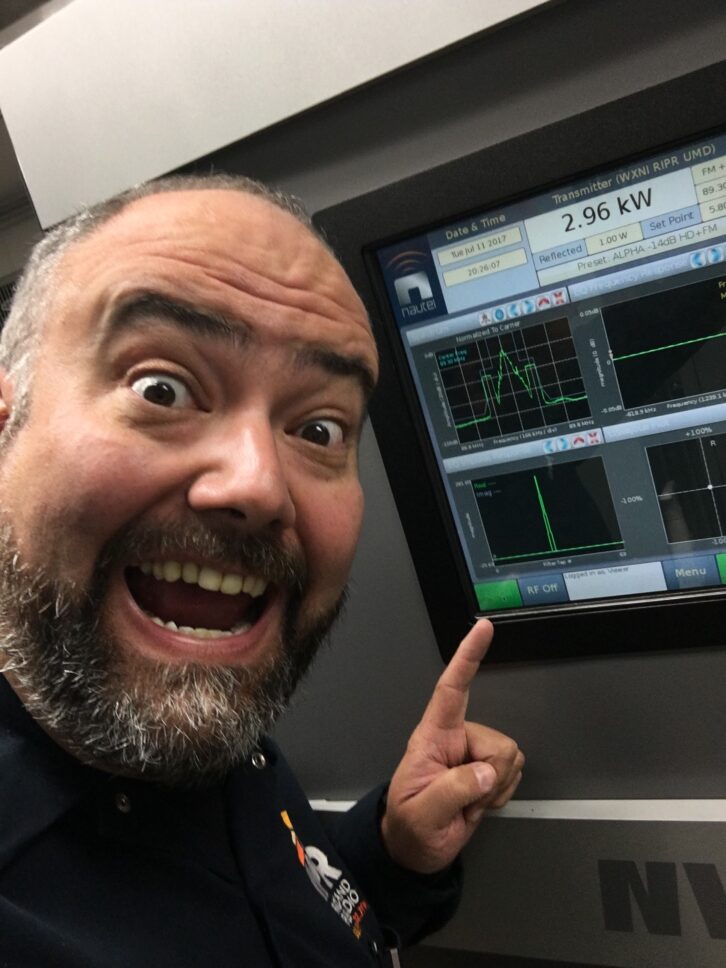
Besides a four-year stint as general manager for WEOS in 2007, I’ve been doing technical and engineering work, mostly in broadcast AM/FM and internet webcasting, since my college days in the late 1990’s. That’s how I know Michael, actually: I met him as a student employee at WBUR in 1996.
[Subscribe to Radio World Engineering Extra]
McLane: Are there certain special skill sets that you particularly want to emphasize?
LeClair: I began my career learning the basics of studios and transmitters and have the longest experience in these areas. I’m particularly proud of doing ground up design of transmitter sites, from foundation to the antenna, and everything needed to build these in a reliable and high-performing manner.
I’m an expert in HD radio and installed many transmitters for digital service, including some early AM experimental stations. I am very experienced in doing signal analysis, both using the FCC contour allocation method and mathematical Longley-Rice analysis and their corresponding population predictions. I also have experience in the design of point to point microwave links and path analysis and the preparation of technical exhibits for FCC filing.
In the studio area, I am a skilled audio engineer with a good knowledge of acoustics, ergonomics, wiring systems, IP networking and the latest in AoIP systems. I was a pioneer in the use of audio codecs over the Public Internet to extend the reach of programming to guests beyond the dial up telephone call, or as a low-cost STL. I’ve done all types of automation design, from fully integrated satellite to live-assist systems.
Read: I would add that our skillsets cover a lot of what broadcast outlets often find they need these days. Michael’s stronger in classic studio and transmitter engineering, whereas I’m better at networking and computer-based needs. But there’s a lot of overlap between the two of us, too.
McLane: In what areas of the U.S. radio industry do you sense a lot of technical project activity right now?
LeClair: Again, a very good question. Starting in the late 1990’s we saw a huge wave of consolidation of studio facilities by the commercial stations, driven by the rapid consolidation of ownership allowed by the Telecommunications Act of 1996. As groups grew in size, they needed to both modernize their operations and save on the cost of space by combining all their operations in their local markets. As trades occurred, sometimes 4, 5 or even 10 licenses would change ownership in a given market and cause a shuffling of the cards into new hands. This continued in waves right up until the pandemic when there was a turn-down in station trade activity due to a very challenging business environment.
I see this environment improving as we exit the pandemic era. However, for many of the largest groups, there has been a second and powerful negative impact over the last 12 months; the rapid increase in interest rates in the battle against inflation now being conducted by Jerome Powell and the Federal Reserve system.
Ironically, this has created a better environment for smaller station operations, especially those with little debt, to invest in growth and upgrades. After a few years of lying low during the pandemic, there’s some demand out there to get technical projects done.
In the non-commercial sector we’re already getting a lot of inquiries about studio integration projects. I see this as due to pent-up demand as well. There is also some buildout activity from the 2021 NCE licensing window that happened about 18 months ago.
But it has to be said: I’m seeing an entire generation of broadcast engineers leaving, or preparing to leave, the business entirely. There are a lot of reasons for this, but many of our stalwart engineers are now well past the age of 65 and are seeing there might be more to life than constantly being on-call to track problems 24/7 with little to no break. It’s a tiring career and I’ve certainly experienced that fatigue myself. Even in large population areas it can be difficult to find someone to do broadcast engineering work at all. Say what you will about the future, broadcasters remain an important industry and their needs in the engineering realm are still very real.
One other new area of business: the world of audio, often combined with video, has become “cool” again with young people. There is incredible demand for the small studio facility used to produce creative audio programming which I’ll loosely describe as “podcasting.” There are more folks out there doing this than anyone realizes, and the more committed and successful among them are now looking to create production spaces to support their work. I’m happy to work on projects like this, providing design details for the DIY’s and integration if they need the full package.
Read: So far I’m seeing two things: places that need engineering help because their last engineer left/retired and they can’t find anyone to replace them, and (despite the recent downturn in the industry) there’s still quite a lot of podcast and podcast-adjacent work out there.
McLane: Some major commercial broadcast companies have been downsizing their real estate footprint for studios and offices, in light of the general business trend toward working from home as well as the growing capability of radio airchains and workflows to be done virtually. How might this affect your business?
LeClair: It’s hard to make predictions, especially about what could happen in the future of radio, with a wink to Yogi Berra. Unfortunately, a very large portion of the commercial radio industry is operating in difficult debt conditions as I mentioned above with the three largest groups — iHeart, Cumulus and Audacy — representing over a thousand radio licenses potentially facing considerable problems in refinancing the money they owe in the next five years. The drive to cut costs — even in large markets where the individual station operation is clearly a profitable business if it wasn’t being asked to carry acquisition debt dating back decades — the recent past has been all about reducing staff, reducing leased space and letting as many of the remaining staff work from home as you can survive with. So yeah, it’s not exactly Sutter’s Mill circa 1849 out there.
But, and perhaps I’m a bit biased here, I would note that work from home and the reduction of studio use has had negative impacts as well. Particularly for complex programming like live sports, or news or talk shows, there is a reason why such programs typically used studio suites to create their shows: it works better. There will always be a need for studios, and absent the current debt crisis I think most of those major groups would agree. By the way, the best work-from-home audio I’ve heard is usually provided by those who build their own studio at home. This shouldn’t be surprising and I could see radio groups coming around to paying for this environment as a long term cost savings for their key talent.
As for simplified air chains and transmission paths, I think this is a great goal and one that I and pretty much every other engineer has been working toward for most of our careers. If it works better and costs less I’m a believer in any new technology that proves itself in the real world. As long as there are transmitters you will need broadcast engineers to design and install a working broadcast chain.
Submit business announcements to [email protected].
